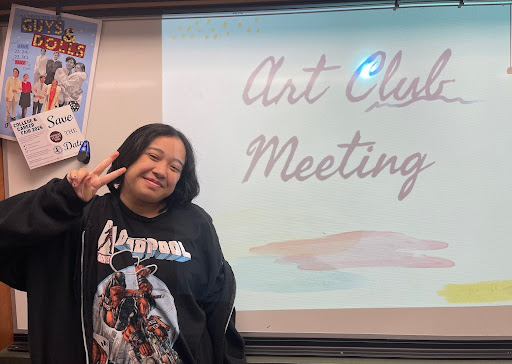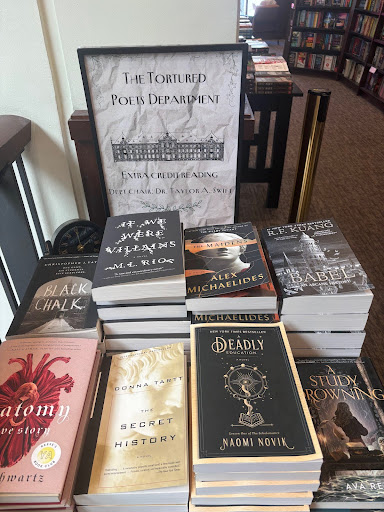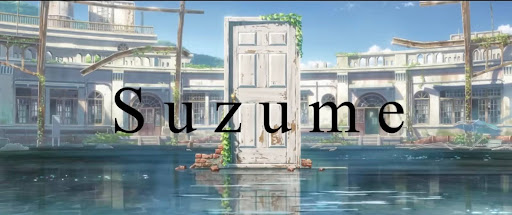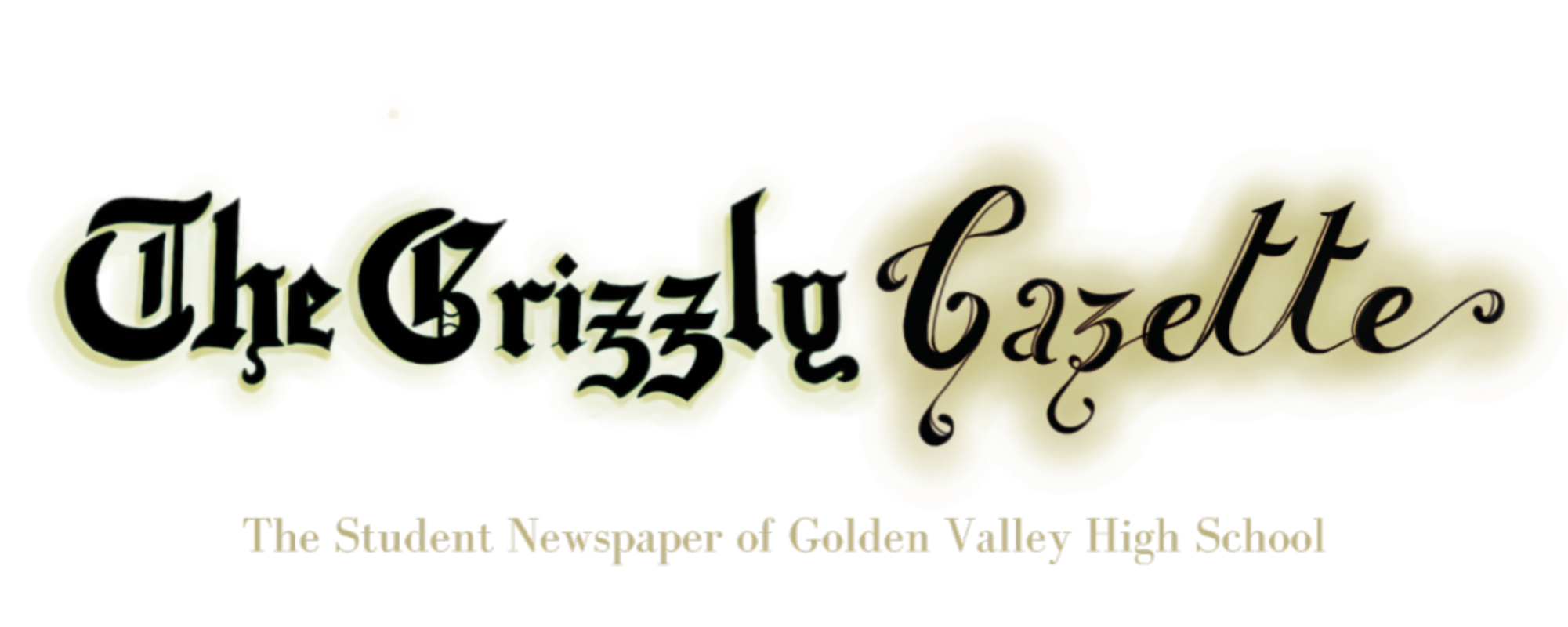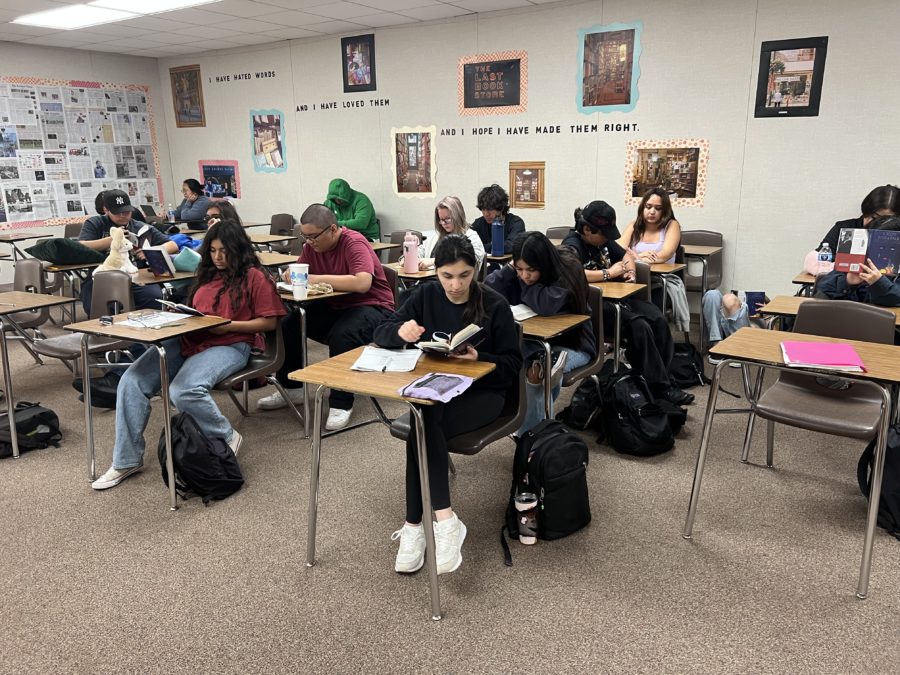Book Review: The Fascinating, The Great, Gatsby
English 11 Reading The Great Gatsby for Their Unit
In 1925, F. Scott Fitzgerald published what is known as the ‘The Great American Novel’: The Great Gatsby.
The book is set in the 1920s, a time of prosperity and excess, and explores the decadence and excess of Jazz Age America. The novel is considered a masterpiece of American literature and has been adapted into numerous films, television shows, and stage productions.
The story is narrated by Nick Carraway, the great observer; the one who begins and tells the tale, and yet he plays the least impactful role. His story is simple, yet those he surrounds himself with make his life more complex.
Carraway is a young man who moves to New York City to work in the bond business. He rents a small house in West Egg, a wealthy suburb of Long Island, next to the lavish mansion of his unseen neighbor, Jay Gatsby. Nick soon becomes friends with Gatsby, who is a mysterious and enigmatic figure, famous for throwing extravagant, kaleidoscopic parties every weekend.
Gatsby is obsessed with his past love, Daisy Buchanan, who is married to Tom Buchanan, a wealthy and arrogant man. Gatsby is convinced that he can repeat the past, and win Daisy back by spending his time and fortune on extravagant displays of wealth and power. He throws elaborate parties in the only hope that Daisy will attend; the mere reason he throws his notorious parties. At one of his parties, Gatsby tells a friend of Daisy’s, Jordan Baker, that he would like Carraway to arrange something and have both Gatsby and Daisy over for tea. Gatsby had to explain his intentions. Baker tells Carraway the shocking truth, “‘But it wasn’t a coincidence at all…Gatsby bought that house so that Daisy would be just across the bay’.” (Fitzgerald, 78).
The novel explores the themes of love, wealth, destruction, and the American Dream. Gatsby embodies the American Dream, as he rises from poverty to great wealth through hard work and determination, although it is never confirmed where his acquired wealth came from. His obsession with Daisy, however, shows that the American Dream is also about achieving the love and happiness that comes with wealth and status.
The novel describes the corrupting influence of wealth and power through Gatsby as well. Gatsby’s wealth is gained through illegal means, and his pursuit of Daisy leads him to engage in reckless and dangerous behavior. Tom Buchanan, the embodiment of old money, is portrayed as selfish and cruel, using his wealth and power to manipulate and control those around him.
Fitzgerald’s writing style is decorative, elegant, and poetic, as he uses symbolism and metaphors to convey his themes. The most significant symbol in the novel is the green light at the end of Daisy’s dock. This light represents Gatsby’s hopes and dreams, and his longing for Daisy. It also symbolizes the elusive nature of the American Dream, always just out of reach. A dream that people may think you’re crazy for believing in, but yet seems obtainable.
Another important symbol is the Valley of Ashes, a desolate wasteland that separates West Egg and New York City. The valley represents the moral decay of society and the emptiness of the pursuit of wealth and power. Above this gray land, are the eyes of T.J. Eckleburg. They are “blue and gigantic–their retinas are one yard high. They look out to no face, but, instead, from a pair of enormous yellow spectacles which pass over a nonexistent nose.” Fitzgerald’s using his clever ways to symbolize God.; someone who always oversees what happens down below.
The Great Gatsby is also a commentary on the role of women in society during those times. Daisy is portrayed as a victim of the social expectations placed upon women in the 1920s. She is expected to be a dutiful wife and mother, but she is also trapped in a loveless marriage with Tom. Her affair with Gatsby is a way for her to escape the constraints of her life, but ultimately, she is unable to break free. She expresses to her cousin about when her daughter was born.
“Listen, Nick; let me tell you what I said when she was born…It’ll show you how I’ve gotten to feel about—-things…asked the nurse right away if it was a boy or a girl. She told me it was a girl, and so I turned my head away and wept. ‘All right,’ I said, ‘I’m glad it’s a girl. And I hope she’ll be a fool—-that’s the best thing a girl can be in this world, a beautiful little fool’.” (Fitzgerald 17). Daisy is placed between her two loves, and has to choose: Gatsby or Tom. Is there such a thing as one love? Or is there a difference between love and romance?
As the novel progresses, tensions between the characters reach a breaking point, and secrets are revealed. Gatsby’s past is exposed, and his hope of winning Daisy’s love is shattered when she chooses to stay with Tom. In a moment of tragic irony, Gatsby takes the blame for an accident involving the death of Tom’s mistress Myrtle that Daisy caused, and he is shortly after shot and killed by George Wilson, Myrtle’s husband.
Ironic enough, no one showed up to Gatsby’s funeral. The enormous amount of people that attended his party, filling his mansion up with people, cars, and props, and yet when his death approached, no one bothered to show, except his father, Carraway, and a guest who gained the nickname “Owl Eyes”. He quotes, “At first I was surprised and confused; then, as he lay in his house, it grew upon me that I was responsible, because no one else was interested——interested, I mean, with that intense personal interest to which everyone has some vague right at the end”. No one cared about Gatsby as a person, but rather were only interested in his wealth and status.
The novel’s tragic ending reflects the disillusionment of the Jazz Age or the ‘Roaring 20’s’. Gatsby’s pursuit of the American Dream is ultimately futile, and his wealth and power are unable to bring him the happiness and love he desires.
The Great Gatsby is a masterpiece of American literature that explores the themes of love, wealth, and the American Dream. Through his elegant writing style and use of symbolism and imagery, Fitzgerald portrays the moral decay of society and the elusive nature of the American Dream. The novel’s tragic ending reflects the disenchantment of the Jazz Age and the characters’ struggle to find meaning and purpose in wealth and success, and can ultimately lead to emptiness and despair, and that true happiness can only be found through love and human connection.
The novel ends with Nick’s famous observation, a final line capturing the sense of hopelessness and despair that pervades the novel, as the characters struggle to find meaning and purpose in a world that has lost its moral compass. “We beat on, boats against the current, borne back ceaselessly into the past.”

Ayleen Terrones Martinez is a Managing Editor for the relaunched Journalism course at Golden Valley High School, born and raised in Southern California. She is a senior, in her last year of high school, and is involved in the Vocal Arts program, Theater, and Lighthouse Club. She enjoys playing Tennis with her younger sister when she can, as well as reading, and listening to music, and trying to be updated on events around her. She wants to give performing arts more spotlight in her articles whenever she can.
Being a journalist is something new to her, but exciting since this is something out of the ordinary for her English class and is looking forward to learning the basics of journalism and developing her skills in journaling, and being able to be the foundation for this new course that will hopefully run in future years.
